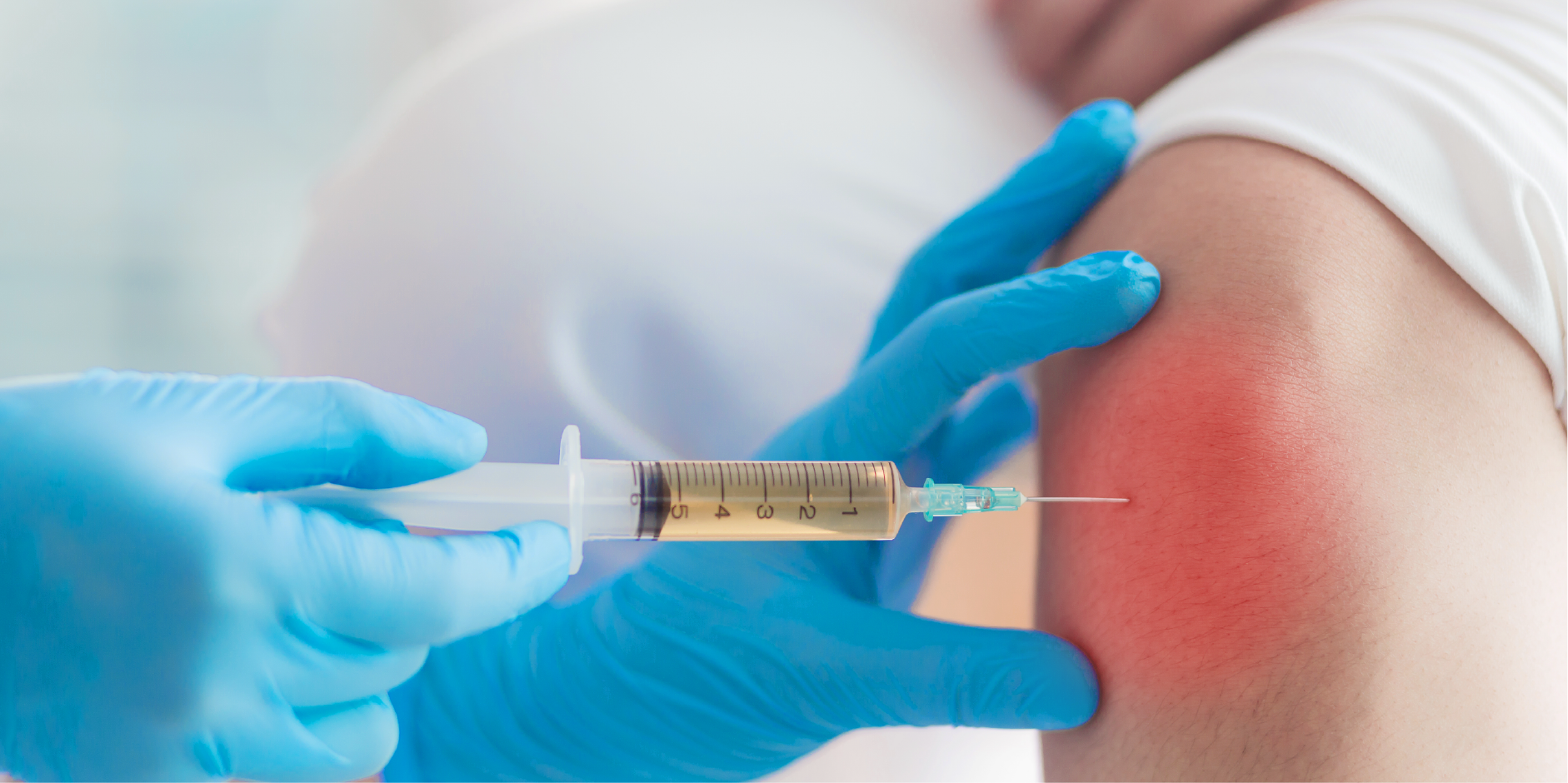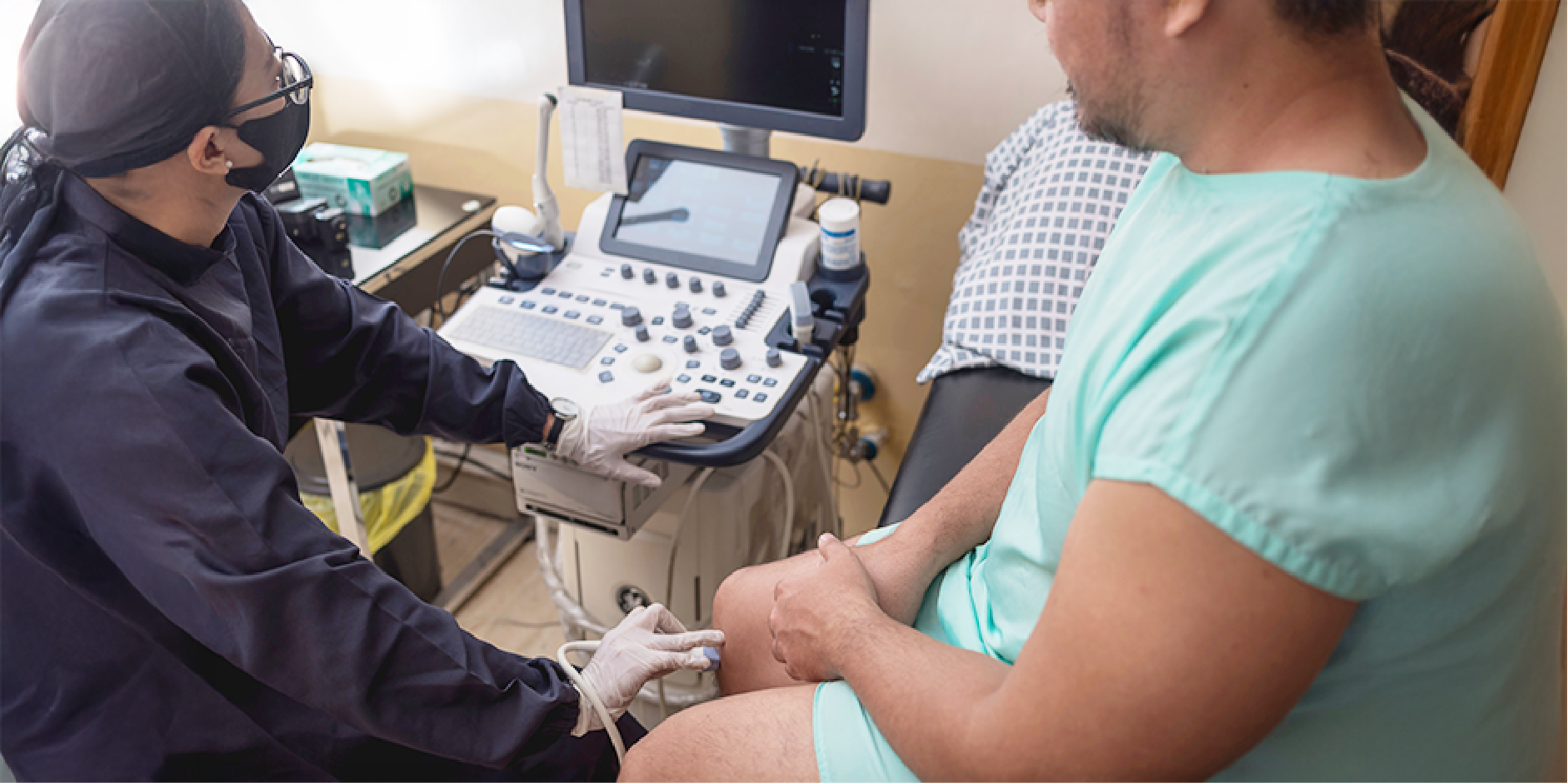Content on this page:
Content on this page:
Laboratory Tests and Ancillaries
 Infectious Arthritis_Diagnotics 1
Infectious Arthritis_Diagnotics 1Synovial fluid aspiration is the most important test for diagnosing infectious arthritis and should be done for all patients suspected of having infectious arthritis. The synovial fluid culture is positive in 50-60% of cases. In patients with high suspicion of infectious arthritis with negative synovial fluid culture, obtaining a new sample of synovial fluid for staining and culture (including mycobacteria and fungi) and molecular testing is suggested, especially if they do not respond to empirical therapy. The synovial fluid glucose is usually decreased while protein and lactate dehydrogenase are usually increased in both inflammatory and infectious causes of arthritis.
 Infectious Arthritis_Diagnotics 2
Infectious Arthritis_Diagnotics 2Gram stain, culture, and WBC count with differential should be done. These are the cornerstone of rapid and reliable confirmation of diagnosis. The Gram stain is positive in only 60-80% of cases; however, a negative Gram stain and/or culture does not exclude the diagnosis of infectious arthritis. A WBC count of >50,000 cells/mm3 with neutrophil predominance is highly suggestive of bacterial arthritis. A routine polymerase chain reaction (PCR) testing is not recommended but may be useful in prosthetic joint infection to differentiate between septic and aseptic loosening and in culture-negative patients with similar presentation as reactive arthritis. Polarizing microscopy to evaluate crystals should be performed. The synovial biopsy is the most sensitive (95%) way to confirm a diagnosis of mycobacterial infectious arthritis.
Blood Culture
Blood culture should be obtained in all patients suspected of having infectious arthritis. This is positive in 50% of cases.
Complete Blood Count, Erythrocyte Sedimentation Rate (ESR), C-reactive Protein (CRP)
Complete blood count, erythrocyte sedimentation rate (ESR), and C-reactive protein (CRP) are used to determine the presence of infection or inflammation. ESR and CRP are useful for monitoring treatment response. Leukocytosis (leukocyte count of 50,000-150,000 cells/mm3) is usually present and ESR is usually >20 mm/hr. CRP is usually raised and a normal CRP is a good negative predictor for infectious arthritis. Normal levels of WBC, ESR and/or CRP do not rule out infectious arthritis.
Metagenomic Next-Generation Sequencing (mNGS)
Metagenomic next-generation sequencing (mNGS) is an emerging platform for detecting and characterizing microorganisms in clinical samples. This is reliable for identifying pathogens associated with culture-negative prosthetic joint infection.
Other Lab Tests
Blood urea nitrogen, creatinine, and liver function tests should be taken to detect end-organ damage, and is poor prognostic factor in infectious arthritis. An increased levels of serum procalcitonin have a high specificity in differentiating infectious arthritis from other causes. Leukocyte esterase and glucose reagent strip tests may be used as a rapid screening tool. Appropriate specimens from other sites (eg cervix, urethra and throat) should be taken from patients in whom genitourinary, respiratory or other infections are being considered.
Imaging
Imaging Exams
Plain X-rays of affected joints are not very helpful in
diagnosing infectious arthritis but may act as a baseline to help exclude
osteomyelitis or other abnormalities of the bone. The X-rays done during early
infection are usually normal but may show soft tissue swelling, displacement of
the fat pad, or joint space widening secondary to localized edema. Magnetic
resonance imaging (MRI) is a sensitive test for distinguishing infectious
arthritis from osteomyelitis and demonstrates adjacent soft tissue edema and
abscesses. Computed tomography (CT) scan is helpful in detecting effusions and
inflammation in joints that are difficult to examine because of complex anatomy
(eg hip and shoulder). Ultrasonography may detect fluid in suspected infectious
arthritis of the hip and may be used to perform an imaging-guided joint
aspiration.
 Infectious Arthritis_Diagnotics 3
Infectious Arthritis_Diagnotics 3